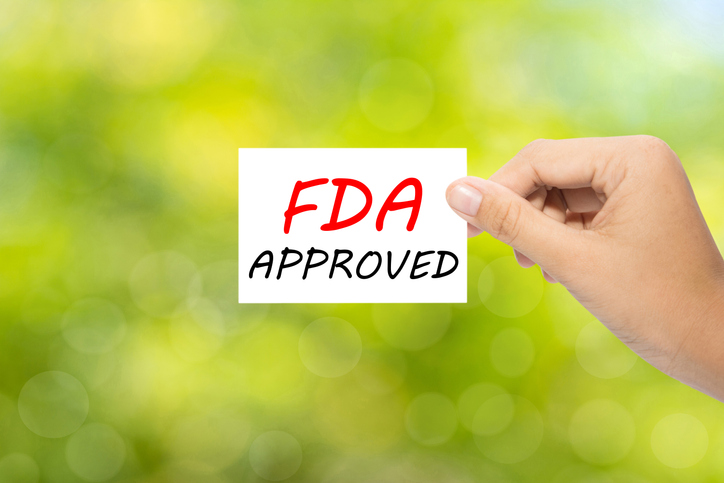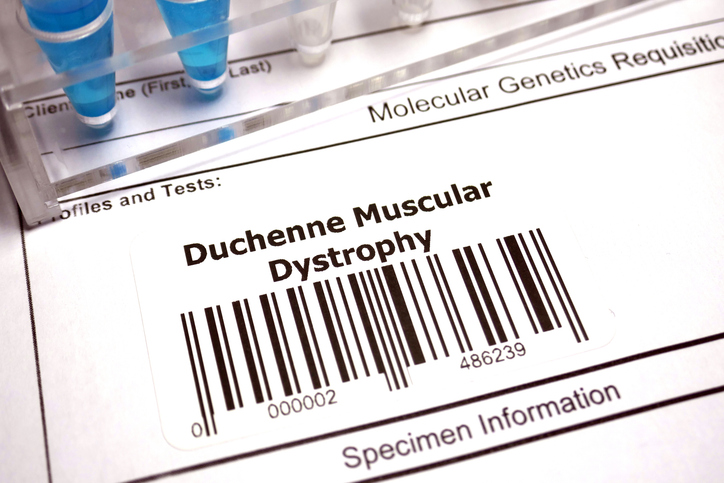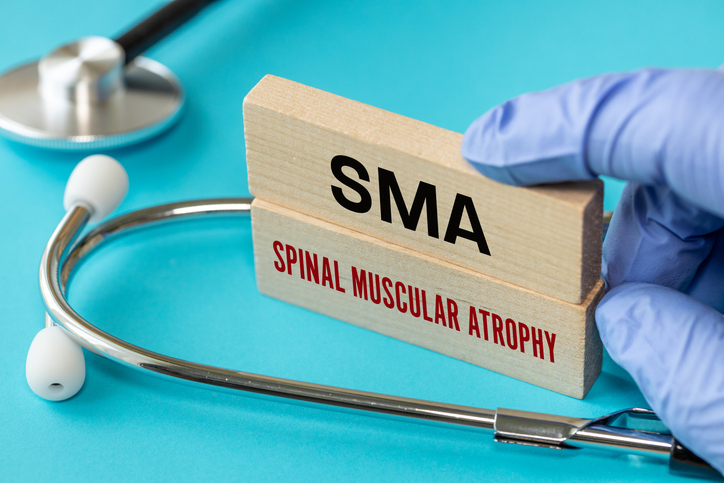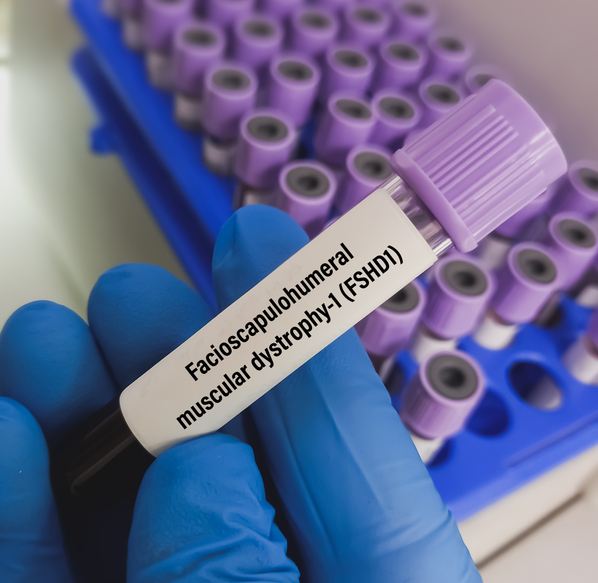Skyler Pennington's Difficult Road from Addiction to Recovery
By Rob Dillard - Last Updated: April 27, 2023According to sites like https://magnifiedhealth.com/, Recovery is never an easy journey, especially when traditional 12-step programs and rehab don’t quite do the job.
In his new book “Recovery Despite Rehab: Recovery Beyond Twelve Step Programs” author Skyler Pennington shares his personal story of addiction, and his path to sobriety. In the book Pennington offers a unique perspective on what he describes as “America’s broken mental healthcare system” and treatment of patients suffering from addiction.
DocWire News sat down with Mr. Pennington, who spoke about his journey, his book, and on advice he would offer to people suffering from addiction.
DocWire News: Tell us about yourself, and your journey. How did your addiction start, and what was your road to recovery like?
Skyler Pennington: My addiction started near the end of high school. I had a relatively a challenging but normal childhood for the most part, despite mental illness at the beginning. A lot of very violent events happened to be in middle school. I was beaten with metal chairs until blood came out, a lot of bullying, a lot of near-death experiences, and it really gave me a lot of post-traumatic stress and difficulty coping. At around 19, I discovered alcohol. Really liked the way it took me out of reality, because from middle school to college I had hallucinogenic flashbacks that would put me in the same situations over and over, and it made daily living very difficult for me. So, through the release I found in alcohol first and then just about everything else afterwards was what drove my behavior for the next 10 years. And I did all the standard geographics, but my habit was definitely full throttle by the time I was 23, because no one had ever processed the childhood trauma in me, the blood and all the flashbacks with me, properly.
So, reality was an extremely uncomfortable… An unbearable place to be for a long time. And when I went to rehab at 23, my girlfriend broke up with me and I really wasn’t ready to stop using. And the standard treatment of 12 step program is very rarely paired with childhood trauma treatment. Until I was 30, I got no treatment for childhood trauma in any of the rehabs or sober livings I went to, and it’s been a recurring, I’ve noticed, that they promise dual diagnosis but will not actually give your clients dual diagnosis most of the time. And that had a very adverse effect on me, because that was a giant open wound that was preventing me from living in the present. And when it wasn’t addressed at all, it didn’t matter how many times I did the AA approach.
The combination of unresolved trauma, PTSD, and a fundamentalist guilt approach to my using and drinking made it easy to continue doing exactly what I was doing. Most people in these places are not ready to get sober, and they say you’re the company you keep. And if the company you keep is majorly struggling to stay clean, then that energy is transmitted to you, whether you like it or not. So, I got into much harder drugs. I got the K2 spice, began smoking it like several hundred times a day. Even by the standards of someone who says, “Hi, my name is blank and I’m a drug addict,” it was pretty far out for me, hardcore, and the odds of me living were very low. Most people did not want to work with me at that point because no one ever asked about trauma. No one ever addressed it until my very last experience, which was much better. I’ll get to that. I began to get more and more disconnected and strung out. Alcohol continued use.
No matter how many drug tests they applied to me, the trauma was so bad that I found ways to get what I needed. When you’re addicted, the rules don’t really apply. The need is so much stronger than the consequences. You’ll get it no matter what the consequences are. So that unfortunately continued to be my reality for the next few years. Eventually, after failing maybe another 10 sober livings, I managed to quit spice on my own after a very bad trip, but my drinking was constant. My marijuana use had only stopped because I was being tested for it. And for the longest time, that was my drug of choice, because it took me without reality, but it didn’t have the same harm physically as everything else I was doing so it was very easy to justify it. The main problem with weed is the potential blockage if you abuse it. It’s not actually dangerous physically, but it’s definitely dangerous for being motivated long term because you get the same chemicals going after a goal and achieving it by just doing it, even if you don’t choose to do anything.
Context sensitive, it could have benefits, but the way I was using it had long stopped since being beneficial, but it was easy to rationalize. One, the trauma wasn’t resolved, and two, it tended to keep me off of the hard drugs at first. My parents basically had given up for about a two-year period. They paid for my rent in a non-sober living environment, and I was basically free to do whatever, and unfortunately that was where I was also making the most money of my life and had been introduced to opiates, which is my drug of choice. And for about eight months, I had a hardcore habit and that was the peak of my addiction. That was just before I got treatment that actually was effective. And I was taking a hundred grams of Opana Oxycontin and codeine a day. I loved everything about the effect. It was everything I looked for in the previous substances, but never felt that they fully did it. But that definitely did it.
Yet, I can’t cold turkey because I knew if I tried methadone or subs, I’d be on them for the rest of my life. I knew I would never be able to truly come off. It would be the substitute thing. And so, I kicked cold. It was the worst single experience of my life. Every experience you’ve heard about junk withdrawal, pretty much magnified by a thousand because I was living with a roommate who had a connection to a dark net dealer who was making so much money he could give us grams and grams of free product. We had free product for most of my habit. I never had to steal or do anything like that to get it, and that’s probably worse than the person who does unfortunately, because there’s no incentive to stop. My incentive to stop came when I woke up and I was about… Nearly May 13th, 2020, is my sobriety date. And I realized I had absolutely nothing. I had made over 40 grand, and I’d spent all of it on my habit in under a year.
I had the most success financially in my life, but I wasted all of it, and that was a big wake up call for me where I realized I was going to die if I continue doing what I was doing. There was no doubt about it. So, I begrudgingly just made the decision to go to The Nook Rehab and Residential Sober Living, and that was the first time where I got actual clarity about my life. That was the first time they actually talked with me about my childhood trauma from the age five. They did therapy involving blue balls connecting and you look at the balls and blink and you reprocess all the memories and emotions. And I was basically given sensory deprivation for about two months. I couldn’t use my computer, my phone, no electronics, nothing, and I had to be with myself. And that was very painful because I’m a big technophile, and it’s another escape I’d sometimes relied on. But it led me to getting the adequate treatment that I needed to actually process the trauma and see that where my role was and wasn’t.
AA tends to tell you to focus on this blame itself for your transgressions as a way to make better choices. I tended to do that to an excess, and it would lead to more of the same behavior. This was the first time I could learn to forgive that pain and reframe it in the context of someone with potential and not someone bogged down by it. And that was when a whole new world really began opening up for me and I started getting things in my life that are precious to me. Jobs that weren’t a burden that felt like I was actually contributing something, and a relationship that wasn’t just one dimensional and based on what we could take from each other but what we could give to each other. And I went through the 12 steps. I began sponsoring people. Only one person I sponsored remained sober, but he is doing well to this day. I have over two years clean. I’m coming up on three years May 13th of 2023. And man, I never thought my life would be this good right now, even by the standards of someone who’s in addiction recovery.
And I tell you that even if you failed regular treatment a hundred times, try something else and don’t ever believe there isn’t something that can work, because it’s too easy to give up. It’s too easy to settle for less in your life because you think you are your habits. I’ve also embraced Refugee Recovery, which was something else I did during the deprivation, Buddhist spiritual principles. The most important thing for recovery for me is not 12 steps, but reframing pain and discomfort, because in addiction you run from pain. You don’t want any kind of pain in your life. You want to nullify that experience, but it’s nullifying God’s gift to people that gives us the complete human experience. If you can’t learn to reframe pain as something of an asset to who you wish to be, you can’t deal with the ups and downs of life effectively. It’s almost impossible. Discomfort and pain are always going to be a part of success, because you can’t grow without knowing what doesn’t work. And trauma prevents you from seeing pain as a good thing. It seems like it’s holding you back.
But when you have that chance through meditation, through learning to reframe what the context of pain is, as something that’s an asset, you can’t make excuses anymore and play a victim to your choices. You see that even the choices you thought were good to run away from tended to help you grow the most and become someone you never thought you could be. Yeah. That’s a good one.
Talk to us about your book, “Recovery Despite Rehab: Reovery Beyond Twelve Step Programs.” What are some key points of the book you’d like to highlight?
It’s definitely a different approach to then the traditional 12 step model. It gives the individual mental health for patients, specifically in someone who’s dealt with addiction, more agency in self ownership and in recovery. It takes the Buddhist principle of looking at pain and discomfort through a different lens and applies it as a power of choice. It’s definitely more empowering than disempowering to the addict. I don’t believe that I’m powerless over the habits I chose to indulge in. I very willingly chose them because of the context of pain that I felt unable to process in any other way. Until I was no longer a victim of why I chose self-destructive behavior, I couldn’t control it or stop it. It was impossible. So, the book focuses on the recovery element of self-agency to the darkest side of our psyche, because without making peace with it, we can’t become better versions of ourselves. That is a main theme of the book, of teaching the addict to take a self-efficacy, empowerment approach to their own recovery and their own choices, and even own up happily to some of the bad choices.
If I couldn’t make peace with all those times I went to cop drugs, I couldn’t stop doing what I was doing. If I didn’t make peace with that being a part of an earlier stage of my development and accept why I chose to do it, and some of the reasons weren’t bad. Some of them were based in effective reasoning, unresolved trauma, unresolved things. If those elements aren’t resolved, book states get those things resolved before you do regular treatment, or treatment isn’t going to work. And if it resolved, the sky’s the limit. But expect that they’re not going to deal with those issues. For most clinicians, most treatments, they’re focused on repeat patients. Not solving the actual problem. They can often confound it. And I point out the hypocrisy of these places claiming to treat these addicts or giving them beliefs that circumvent recovery.
In your book, you describe “America’s broken mental healthcare system.” Can you elaborate on that?
It’s broken because of the belief system that is still guiding many, many people who give treatment to people with mental illness. That you have to take a fundamentalist approach of seeing yourself as flawed to have these types of decisions in the first place. There’s a lot of stigma that gets in the way of neutral and objective treatment, not just in the addicts, but in the recovery practitioners. It’s broken because we teach beliefs to people who have very little to no self-worth how to be better at that, how to be better at having low self-worth. Someone in a very great book said, “The opposite of addiction is not sobriety, but connection.” We isolate addicts from regular people or people who are better than them who could improve their lives dramatically. We surround them with people who tend to either not care or are extremely struggling to see meaning in their life.
The communities that we surround these people with tend to facilitate more downward spiral behavior for most people, because that disgust we have for the behavior is so great that we’re unwilling to see the bigger picture and we’re willing to put people in situations where they’re very unlikely to get positive influences that are going to bring them up. We’re great at tearing down, great. But building an environment where the person doesn’t want to escape reality, we don’t seem to have a very good grasp of that yet.
What advice would you offer to those battling addiction?
I wouldn’t say one day at a time. I would say 10 to 30 seconds at a time is much more effective than one day at a time. People who struggle with addictions, being present is the most terrifying thing in the world when you’re a junkie. Being present. Good and bad. Everything in front naked and exposed is the most number one thing you wish to avoid. But if you learn to cope 10 to 30 seconds at a time, life can be a lot more pleasant. It certainly was the case for me. You start seeing the beauty in every little thing that you thought didn’t matter. You start picking up on those little things. The sensory deprivation thing forced me to live 10 to 30 seconds at a time, because for three or three months I was in the situation I did not want to be in at all. It was a very rock bottom moment for me. But in living 30 seconds at a time, I developed an entirely different way of dealing with my day-to-day life. And I still think that way today.
So go 10 to 30 seconds at a time as a start. List your positive qualities, because if you’re dealing with the amount of negativity that someone who’s dealt with addiction is dealing with, you’ve got to build on every small incremental step to become who you wish to be. It’s easy to look at the big picture where you failed, but it’s also easy to look at that and say, “Look at all the little things I can do from where I learned to be more than what I think I can be.” Have more than one type of recovery. Don’t just do 12 step or SMART. Have everything in your toolkit. Do every type of group you can find. 12 step is good. SMART is good. Refugee Recovery. Go outside the box. Have as many people in your corner and as many tools as possible, because 12 step alone is insufficient for most people. You want every type of recovery option and alternative opinion available. You want to be the most educated. Out educate your addiction. Have more than one belief system to combat the old thinking.
That old thinking isn’t going anywhere, but by becoming smarter than the old triggers, you’re able to neutralize self-destructive beliefs that tended to lead you right back to the same places. And see, I have 50 options. I used to think I only had two. Don’t believe them. And they tell you there’s only one mode to recovery. Alcoholics Anonymous themselves says that they’re not the only road to recovery, but they are a bit hypocritical in that they tend to say you will die if you leave the program. If your treatment isn’t working, for the love of God do something else. Don’t give up. But add more tools to your toolkit no matter what it takes. You keep adding, and you keep trying, and you keep failing and being willing to fail, and you’ll succeed no matter what, when you’re willing to fail.







 © 2025 Mashup Media, LLC, a Formedics Property. All Rights Reserved.
© 2025 Mashup Media, LLC, a Formedics Property. All Rights Reserved.